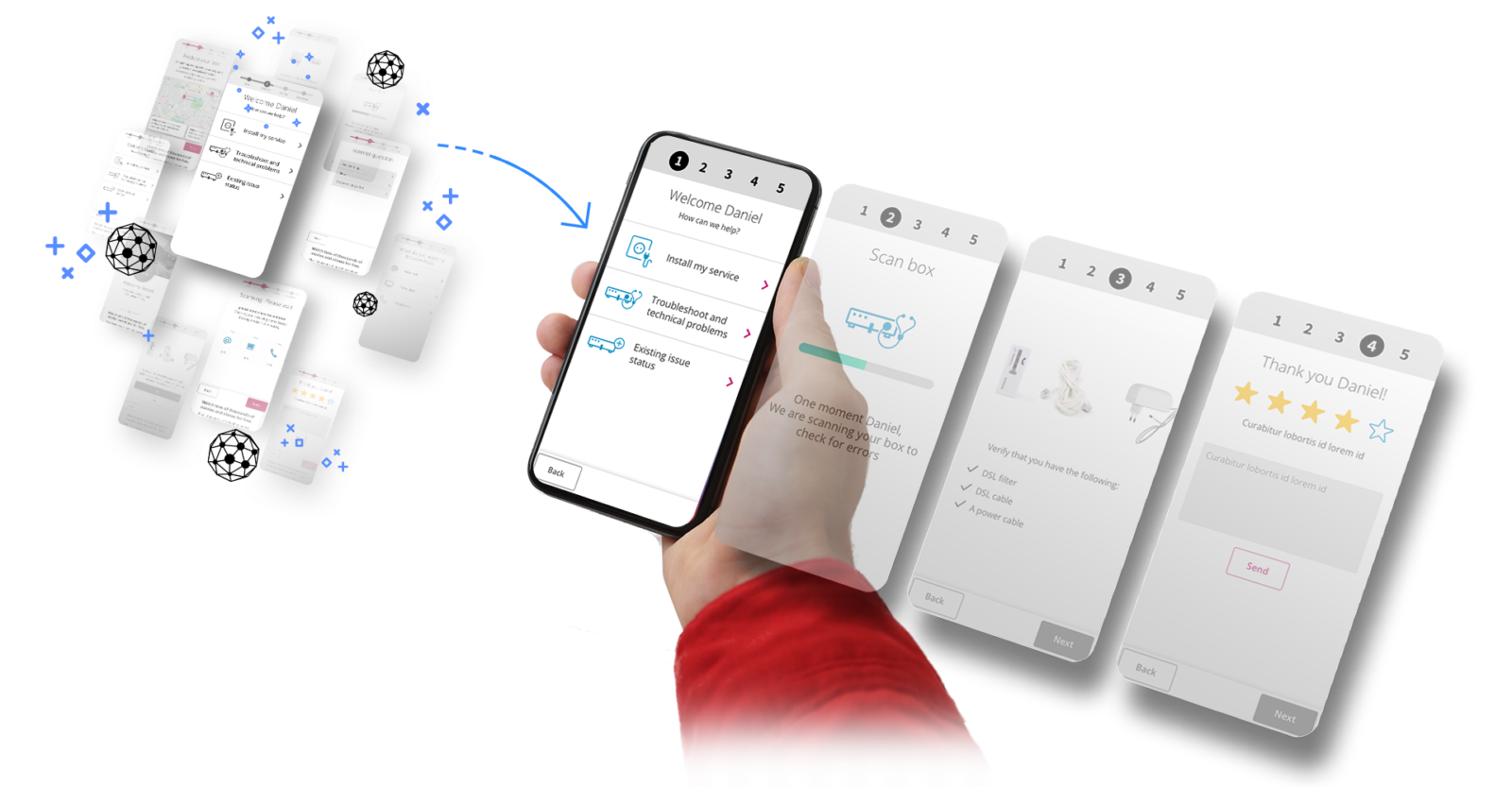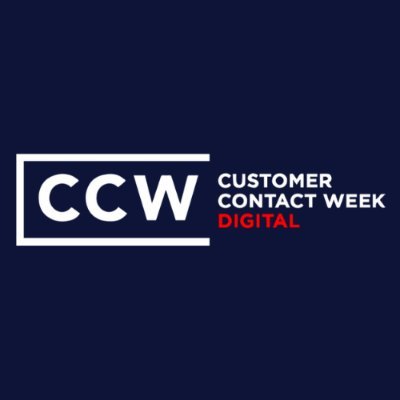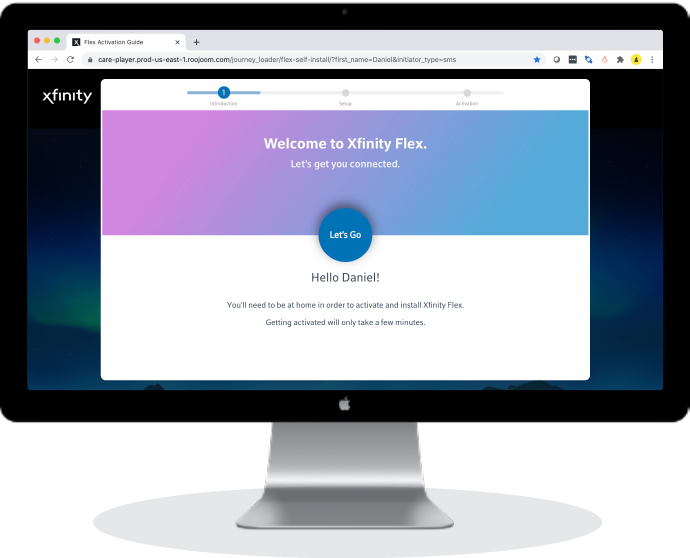Drive users’ journeys with quick TTV (3 of 3)
In previous posts we’ve established that User Success, driving users to value, equals to success of the entire customer account and that empowering product champions in your customer accounts boosts CSMs work and elevates success achievements.
The 3rd critical component is the journey that will drive your product users to those desired values – the best vehicle and navigation map that will get them quickly and safely to their destination.

Knowing what values users are expecting to achieve from your product on a personal level is a big step towards success.
Therefore, in order to effectively lead product users to their value goals, you would want to assure that:
- Your user engagements throughout the journey are personalized to the individual user and accommodate the most relevant and impactful actionable content that will help your users reach their value goals.
- The user journey can meet your users on all the relevant digital channels, including in-product.
- You are able to get users’ attention, one great way is messaging them on behalf of someone the know – the product champion
- The user experience is designed and tailored to the individual user and includes an orientation map to track progress and see what’s next.
- Journey analytics is available on all levels – to the CSM, champion and user for constant improvement and personalization of the individual user journey.
- You have the right technology that incorporates all of the above.
This completes our “User Success in a nutshell” trilogy. Care to hear more?! Contact us.

















